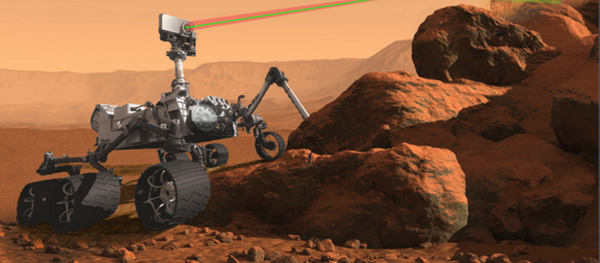One day, roughly 4 billion years from now, our Sun will burn out. It will be a slow, arduous process that will leave our planet cold.
Slow, perhaps, but if the Sun is anything like V Hydrae, a star roughly 1,200 light years away, its death won’t be quiet.
Part of a binary system, V Hydrae has demonstrated some bizarre behavior recently, as observed by NASA’s Hubble Space Telescope. Shedding its outer layers as it begins to burn out, the star has spat out a series of massive plasma "cannonballs."
Each of the gas blobs is at least twice the size of Mars and travels at roughly 500,000 miles per hour. While the blobs can be as hot as 17,000 degrees Fahrenheit – nearly twice as hot as the surface of the Sun – at the time of launch, they cool considerably as they travel.
Scientists aren’t sure what’s causing the mass ejections. One theory suggests that the gravity from V Hydrae’s companion star is scooping up plasma as it passes through the star’s outer atmosphere and then slinging it into space.
Observing V Hydrae’s last days (in cosmic terms, of course) is helping scientists understand how interstellar dust clouds like the famous Pillars of Creation form elsewhere in the universe.
"We knew this object had a high-speed outflow from previous data, but this is the first time we are seeing this process in action. We suggest that these gaseous blobs produced during this late phase of a star’s life help make the structures seen in planetary nebulae," said Raghvendra Sahai of NASA’s Jet Propulsion Laboratory, according to Phys.org.
"We want to identify the process that causes these amazing transformations from a puffed-up red giant to a beautiful, glowing planetary nebula," Sahai added.
"These dramatic changes occur over roughly 200 to 1,000 years, which is the blink of an eye in cosmic time."
As V Hydrae continues to provide explanations for how nebulae can evolve around binary star systems, NASA plans to keep observing.
"In many of these systems, the gravitational attraction can cause the companion to actually spiral into the core of the red giant star," Sahai said.
"Eventually, though, the orbit of V Hydrae’s companion will continue to decay because it is losing energy in this frictional interaction. However, we do not know the ultimate fate of this companion."






